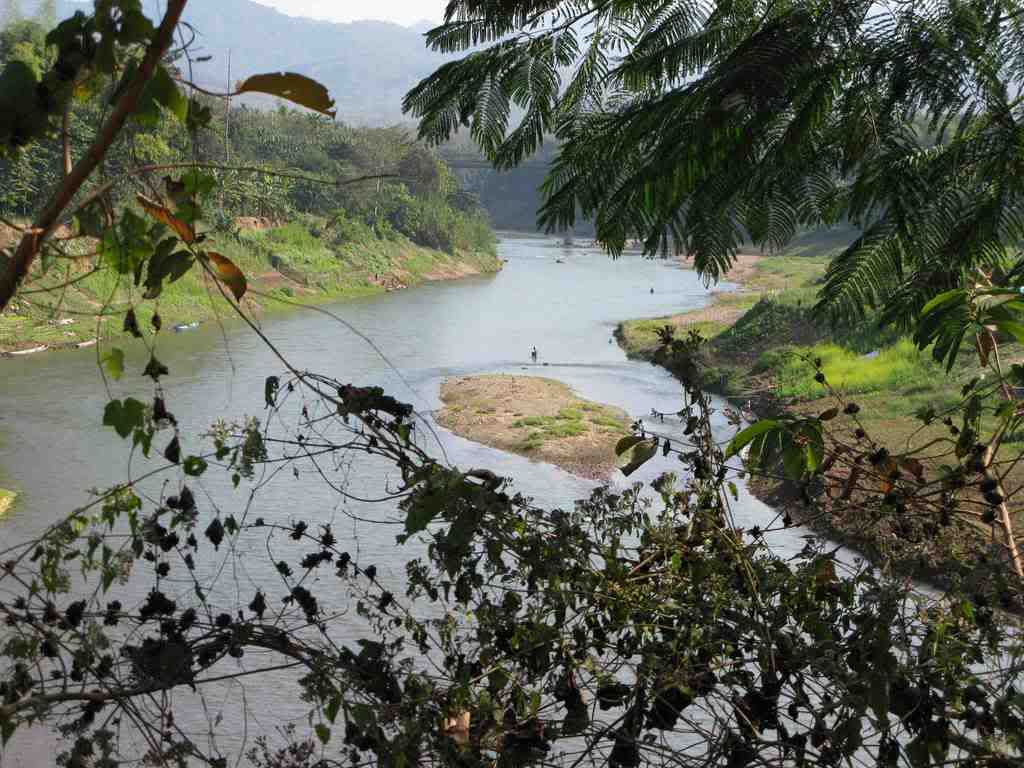
The Mekong River supplies fish to eat, water for drinking, washing and irrigation, and sediment to fertilize river-side vegetable gardens.
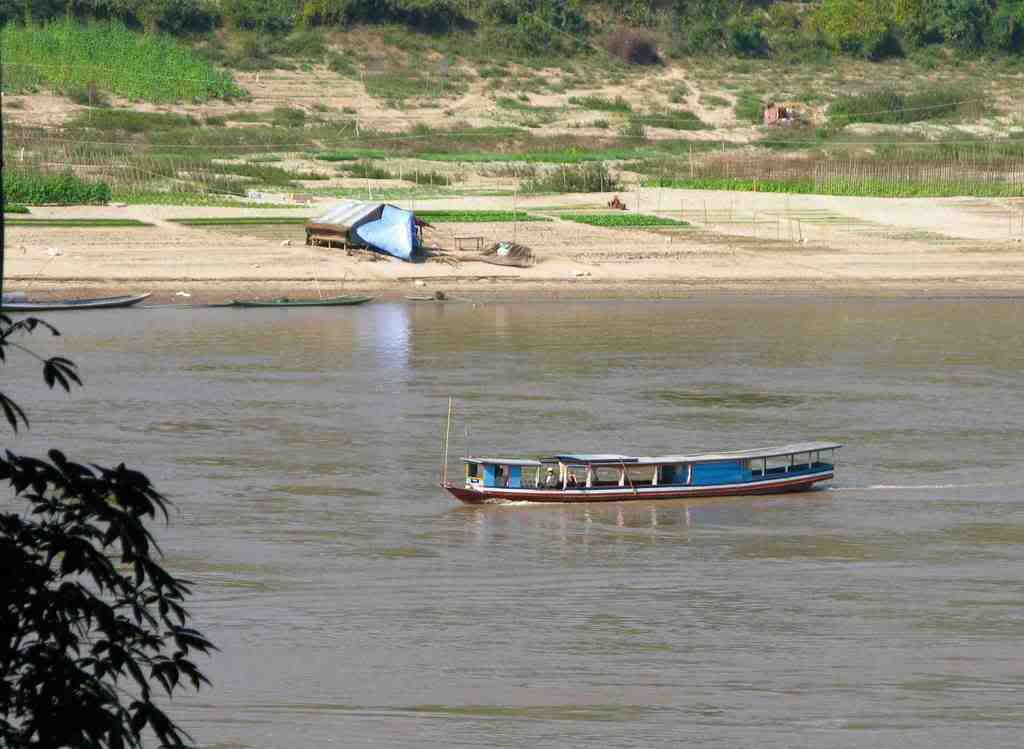
There is one more important element of Lao life that is furnished by the Mekong - riverweed.
A freshwater equivalent of seaweed, riverweed grows abundantly the Mekong, giving the river its green color. It is a grassy waterplant that wafts in the river currents just below the surface of the water.
Harvesting riverweed is easy. One simply needs to take a boat out on the river, navigate to a clump of riverweed, reach over the side of the boat and pull it on board.
Once gathered, the riverweed is used in several ways. Most often, fresh riverweed is laid onto bamboo racks in thin sheets and dried in the sun. The dried riverweed is sometimes broken into pieces, sprinkled with salt or sesame seeds, deep-fried and used as a snack. But it has other uses.
Here, dried riverweed mats are used as to display fish in the Luang Prabang street market.
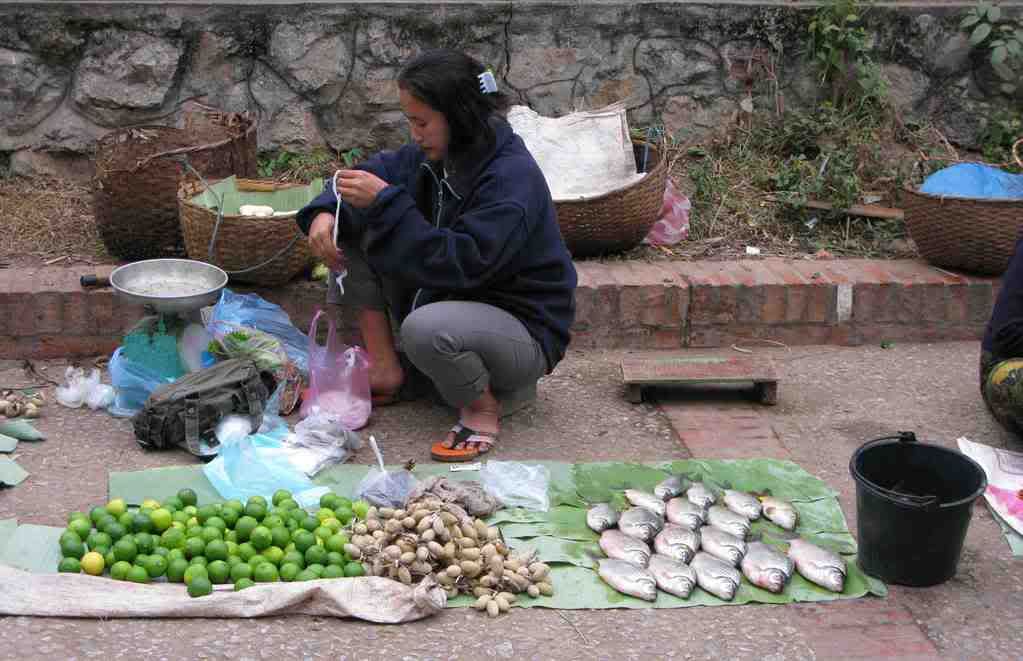
Fresh riverweed is sold in bulk by a vendor in the Luang Prabang morning street market. Her customer will probably use her riverweed in a soup.
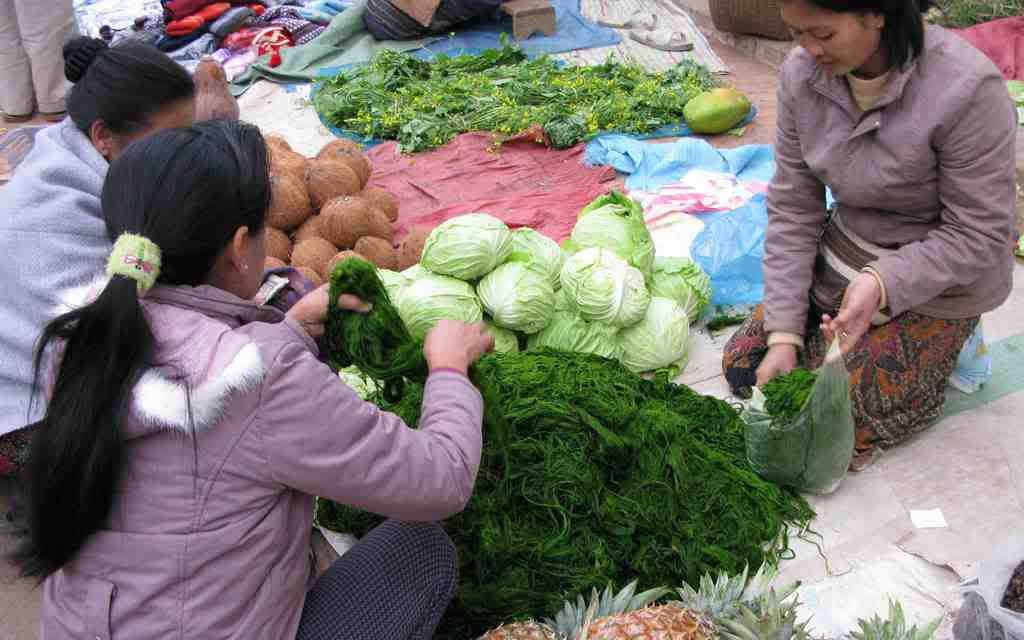
Another vendor offers riverweed in a more convenient package - compressed into large blocks for easy handling.
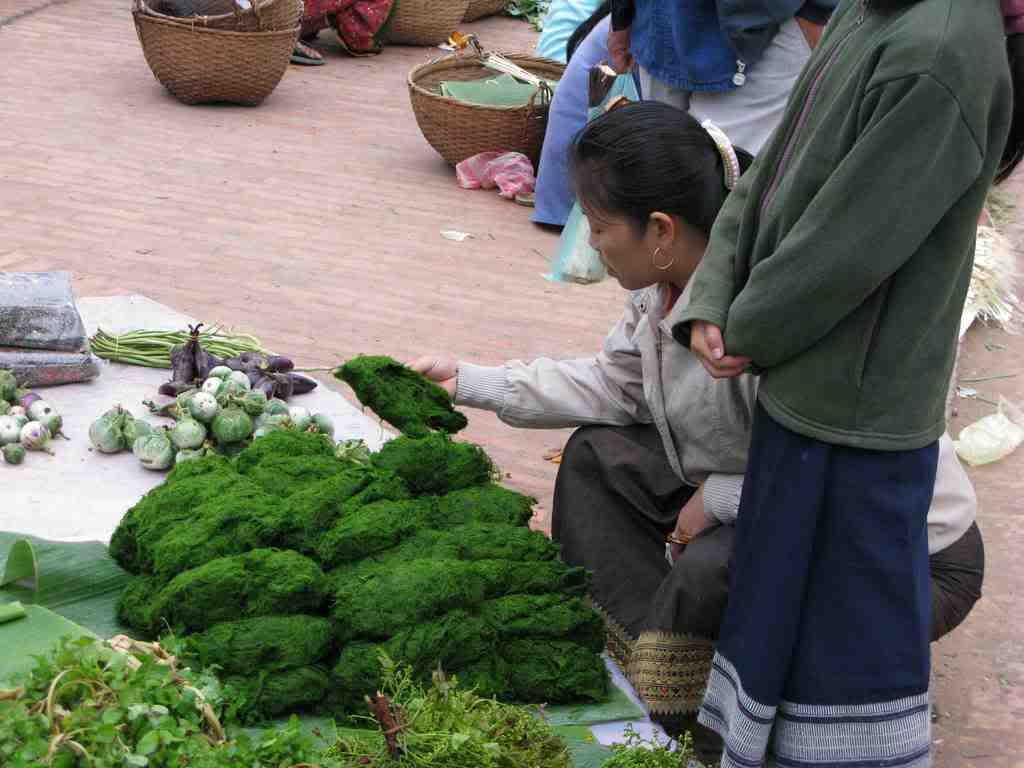
No matter how riverweed is used, this versatile product of the Mekong is one of the more unusual agricultural products of Laos.





thank you for nice posting
ReplyDeleteBathmate